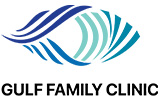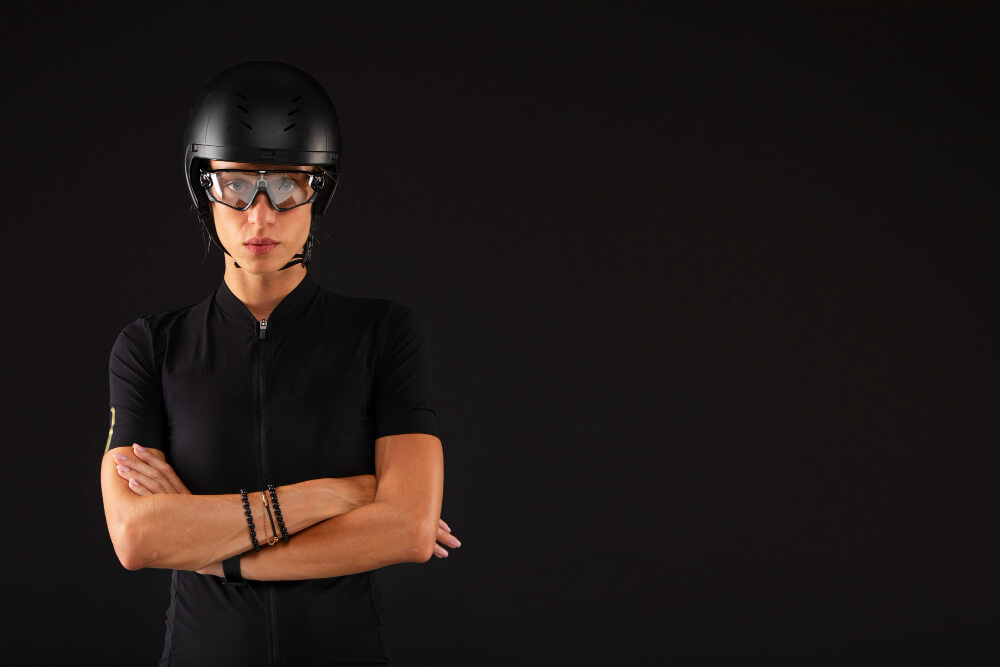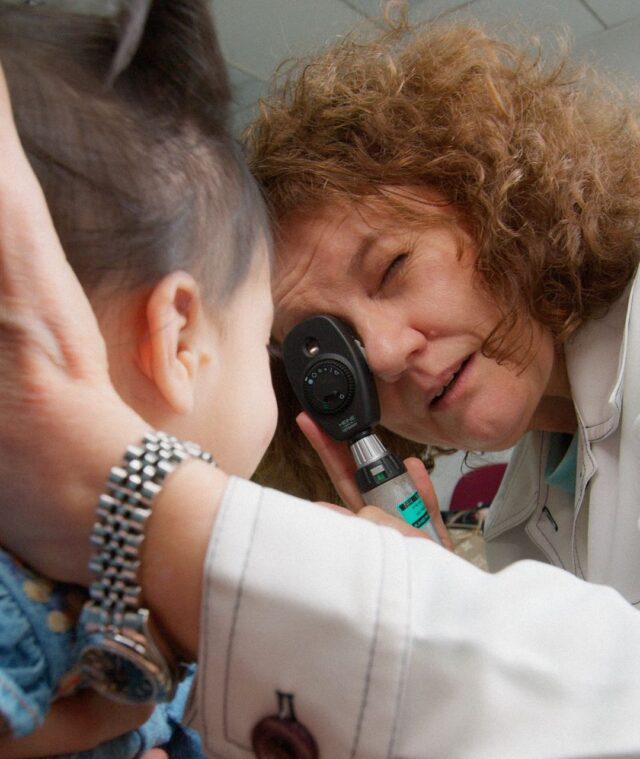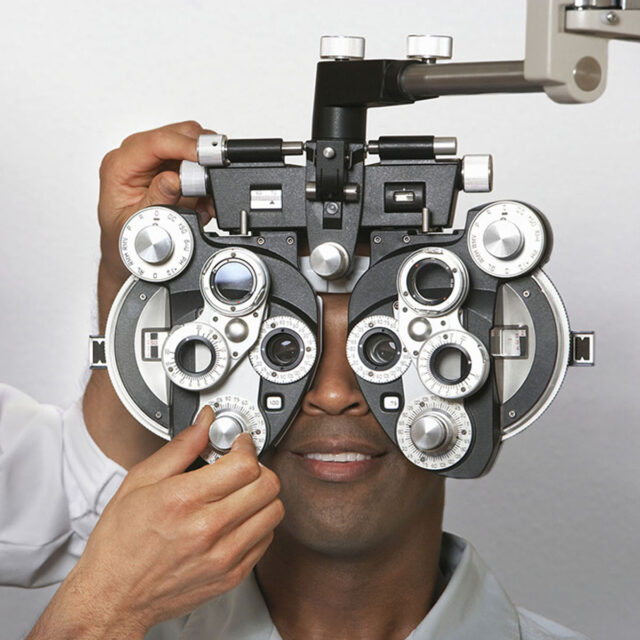Eye injuries are often overlooked in sports, yet they can be serious, painful, and – in many cases – permanent. It doesn’t matter if you play casually on weekends or train every day; your vision is too important to risk.
Many eye injuries can be prevented with the right gear and habits. Sports Eye Safety Month is the perfect time to check if you’re doing enough to protect your sense of sight.
As a trusted ophthalmology centre in the region, Gulf Family Clinic is committed to raising awareness about eye health and injury prevention. Our eye specialists in Dubai regularly advise athletes, coaches, schools, and families on the best practices for eye safety to reduce preventable injuries.
We believe education is just as important as treatment and aim to support both.
Key Takeaways
- Eye injuries in sports are common and often preventable.
- Sports Eye Safety Month promotes awareness and prevention.
- Wearing the right protective eyewear makes a big difference.
- Athletes need sport-specific eye protection.
Table of Contents
What is Sports Eye Safety Month?
Sports Eye Safety Month was founded by the American Academy of Ophthalmology with the aim of educating people on how to avoid and treat eye injuries caused by or related to sporting activities.
When is Sports Eye Safety Month? It is celebrated in September every year in the United Arab Emirates.
There is a long history of protecting the eyes in sports. The first documented instance was in 1200 BC, when Egyptians competing in fencing used a special type of mask. In 1965, Robert Earl Smith invented the double-lens, anti-fog skiing goggles.
In 1984, Mark Mullaney of the Minnesota Vikings was the first NFL player to wear a protective visor. This marks another milestone in the history of sports eye safety.
The Importance of Eye Protection in Sports
Sports and other activities can expose your eyes to different potential injuries. Playing contact sports, swimming, and even going for a run on a sunny morning can put your eyes at risk.
After all, there is always a chance that your eyes can get hit by an elbow, or a speck of dirt can get into your cornea.
According to specialists from the best eye clinic in Dubai, protective eyewear reduces your risk of sports-related injuries.
But what is sportswear eye protection gear? It is a specialised type of eyewear designed to protect the eyes during sports and physical activities.
Protective sports eyewear covers different types that prevent injuries from impact, debris, or environmental conditions. For instance, goggles with polycarbonate lenses can reduce the impact of a flying ball or hockey puck.
Sports eyewear with UV protection can shield your eyes from ultraviolet rays. Constant exposure to these harmful rays can cause surface eye damage like Pterygium, cataracts, macular degeneration, and other conditions.
Good-quality sports eyewear can also enhance your vision and reduce glare. You’ll be able to see more clearly, allowing you to react faster and move better as you compete, play a friendly game of beach volleyball, or ride your bike.
Sports Eye Safety Tips for Parents and Coaches
Kids must always wear protective eyewear whenever they practise or play a sport that puts them at risk of eye injury.
If you are a parent or coach, you should know the right type of eyewear children should use for certain sports, whether they are playing competitively or non-competitively.
For instance, kids who play baseball, basketball, racquetball, squash, and cycle should wear safety goggles with polycarbonate lenses.
Children who are into hockey and tackle football need to wear helmets with polycarbonate face guards or face masks. Kids should also wear them when batting in baseball and softball games.
Those who swim, surf, water ski, play water polo, or engage in other water sports need swimming goggles with polycarbonate lenses.
You would do well to consult a paediatric ophthalmologist in Dubai to know which protective eyewear is best for a particular sport or position. The specialist can also recommend specialised protective eye gear for those with vision issues.
Additionally, regularly check the area where kids play and remove any sticks, small rocks, and other objects that pose health risks. Ensure the place is free of hazards that may appear during the game, such as young children or pets running onto the field, as they could cause accidents.
How to Choose the Right Sports Eye Protection Gear
Here are some simple tips to help you choose the right protective eyewear for yourself or your child.
- Choose eyewear with lenses that stay in place or pop outward if an accident occurs. This type is safer than those that pop in since they can injure the eyes.
- Opt for protective lenses with anti-fog coating to ensure you have clear vision all the time.
- Select eye guards with polycarbonate lenses. They are impact-resistant and are thinner and lighter than plastic options.
- Each sport has a particular American Society for Testing and Materials (ASTM) requirement. Make sure you know the specific standard you need before buying your eyewear.
- Avoid buying any product that does not have an ASTM code.
- Choose eyewear with padding or cushion along the brow and bridge of the nose for additional protection.
- Before buying the protective eye gear, try it on to ensure it’s the right size. Adjust the strap to ensure it’s not too tight or loose.
If you or your child wear prescription glasses or contact lenses, ask your ophthalmologist for customised prescription protective lenses that suit your requirements.
Frequently Asked Questions
Below are some additional facts related to Sports Eye Safety Month:
1. What sport has the most eye injuries?
Basketball is the top cause of sports-related injuries, according to the American Academy of Ophthalmology. Athletes and people who play baseball, softball, racquetball, and hockey are also at a higher risk of getting hurt.
2. What are some common eye injuries in sports?
Common sports-related eye injuries include corneal abrasions, sub-conjunctival or internal bleeds, retinal detachments, scratches on the surface of the eye, and bruises on the eyelids or skin around the eye.
3. What should I do after a sports eye injury?
If you suffered a sports eye injury, see an eye or medical specialist immediately. Avoid rubbing, touching, and treating the eye yourself.
4. How do sports eye injuries impact long-term vision?
Sports-related eye injuries can lead to glaucoma, retinal injury, and permanent vision damage, especially if they are not treated immediately.
Protect Your Game and Vision
Eye injuries can happen quickly, but leave lasting damage. Wearing the right protective eyewear can make all the difference.
Take part in Sports Eye Safety Month by getting proper protective eyewear and encouraging other athletes to do so.








